So we switched it up a bit this week. We are making our wine discoveries on Thursday this time. Today, Terry introduces us to a revitalized classic in Hungary. For any of you who have never had a Tokaj wine, you are in for a treat!!
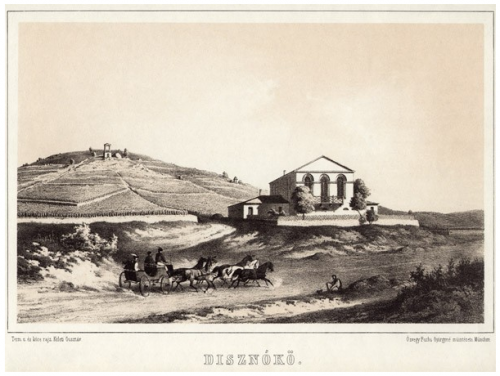
Over the past ten years, following its acquisition by the French AXA Millesimes Group in 1992, the Disznoko Estate has been revived to its former glory. The group. also the owner of such outstanding chateaux as Pichon Longueville, Chateau Suduiraut, Chateau Petit-Village in Bordeaux, Chateau Belles Eaux (Languedoc) and Quinta do Noval in Porto, has created one of the most significant investments in wine production in Hungary.
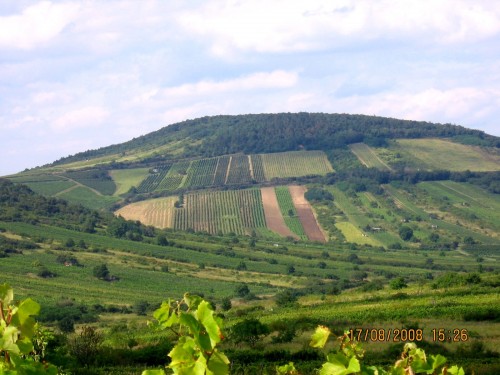 The Tokaj region has a continental climate, with an average temperature of 9-10%C. The fluctuation produces long, hot summers and dry, sunny autumns. The micro climate’s southern location and south facing aspect of the vineyard, ensure Disznoko one of the warmest spots in the wine region.
The Tokaj region has a continental climate, with an average temperature of 9-10%C. The fluctuation produces long, hot summers and dry, sunny autumns. The micro climate’s southern location and south facing aspect of the vineyard, ensure Disznoko one of the warmest spots in the wine region.
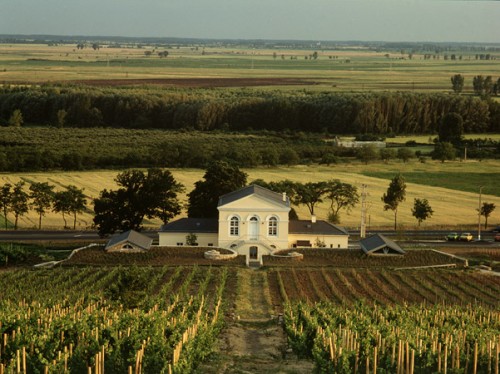 The Disznoko Estate, situated in the south western gate of the Tokaj Hegyaija wine region was classified as a “first growth” in the 18th century. Most of the vineyards face south towards the great Hungarian Plain from whence humidity, essential for noble rot, comes in early autumn. They are also open to the warm breezes running east-west along the Puszta that help the Aszu grapes to dry. The Zemplen Mountains behind provides shelter fro the north, protecting the vines from cold winds and the summer storms that can even bring ice with them.
The Disznoko Estate, situated in the south western gate of the Tokaj Hegyaija wine region was classified as a “first growth” in the 18th century. Most of the vineyards face south towards the great Hungarian Plain from whence humidity, essential for noble rot, comes in early autumn. They are also open to the warm breezes running east-west along the Puszta that help the Aszu grapes to dry. The Zemplen Mountains behind provides shelter fro the north, protecting the vines from cold winds and the summer storms that can even bring ice with them.
The characteristic soil within the Disznoko Estate is a fairly firm clay soil, settled on volcanic rock that is rich in minerals. The Disznoko Estate’s proportion of native grape varieties mirrors that of the wine region as a whole:
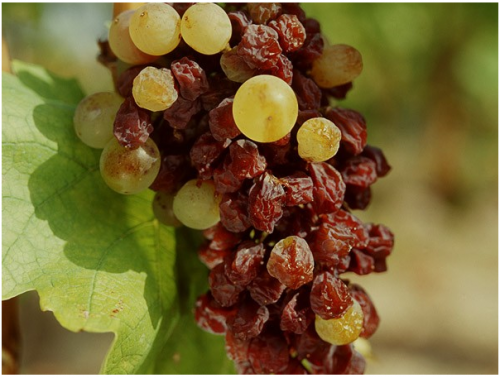 60% Furmint: the noblest and most ancient Tokaj variety that gives firmess and strength to the wines. It ripens late, has a lively acid character, and easily takes on Aszu quality.
60% Furmint: the noblest and most ancient Tokaj variety that gives firmess and strength to the wines. It ripens late, has a lively acid character, and easily takes on Aszu quality.
30% Harslevelu: also a local variety with big loose cluster, imparting a pleasant bouquet to the wine.
9% Oremus: a relatively new variety that was created by crossing furmint with bouvier. It ripens early and becomes an Aszu grape extremely easily.
1% Yellow Muscat: a scented early ripening variety, the same variety as muscat blanc aux petits grains int the south of France.
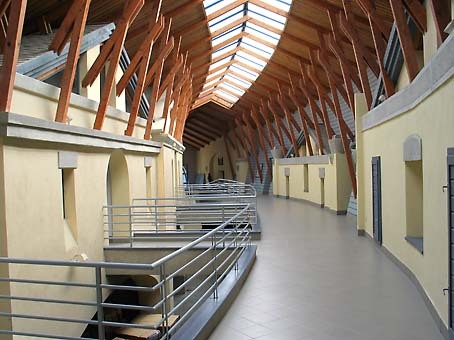 The new state of the art winery was built according to design prize winning architect Dezso Ekler. Most of the vineyards have now been replanted and an ageing cellar created, carved into the solid rock below the estate and equipped with oak barrels.
The new state of the art winery was built according to design prize winning architect Dezso Ekler. Most of the vineyards have now been replanted and an ageing cellar created, carved into the solid rock below the estate and equipped with oak barrels.
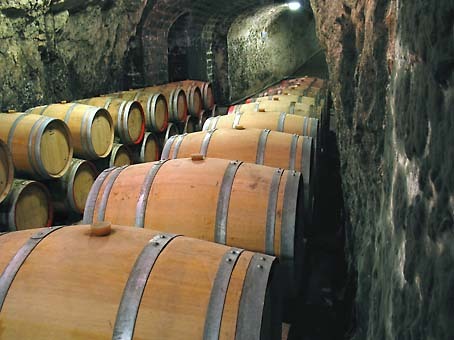 Each of the three floors of the building represents a phase of the grape and wine processing. The grapes arrive on the ground floor, from whence they fall to the presses below by gravity to avoid unnecessary damage. Here too, the must running out of the presses is fermented in stainless steel tanks. At the very bottom of the subterranean building, in the cellar carved deep into stone, the great wines are aged.
Each of the three floors of the building represents a phase of the grape and wine processing. The grapes arrive on the ground floor, from whence they fall to the presses below by gravity to avoid unnecessary damage. Here too, the must running out of the presses is fermented in stainless steel tanks. At the very bottom of the subterranean building, in the cellar carved deep into stone, the great wines are aged.
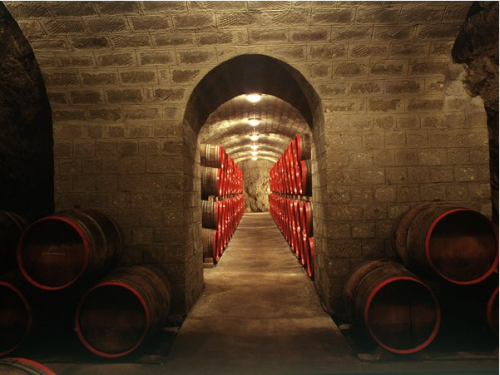 The cellar, on the lowest floor of the press house and 10 meters below ground, is cut into hard rhyolite stone. The constant cool temperature, high humidity content, and cellar mold developing on the walls create perfect conditions for the aging of the wines. The Aszu wines mature in over a thousand barrels lying beside Eszencias and bottles wines settling and aging before sale.
The cellar, on the lowest floor of the press house and 10 meters below ground, is cut into hard rhyolite stone. The constant cool temperature, high humidity content, and cellar mold developing on the walls create perfect conditions for the aging of the wines. The Aszu wines mature in over a thousand barrels lying beside Eszencias and bottles wines settling and aging before sale.
Thanks Terry for the introduction to this lesser known wine region. I love the Aszus, what we used to refer to as Tokay – a delicious sweet wine perfect for dessert!! If you are ever in Budapest, it is not a long trip to Disznoko – could be a fun outing!!

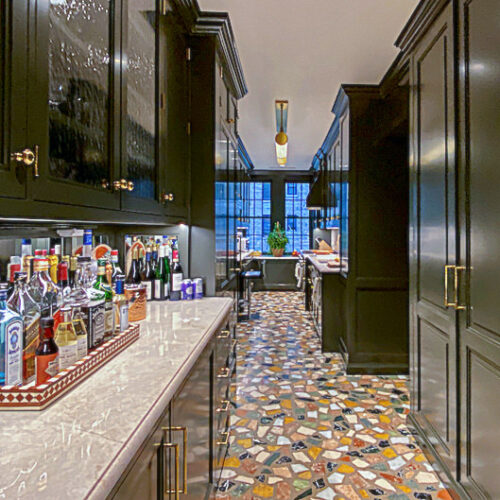
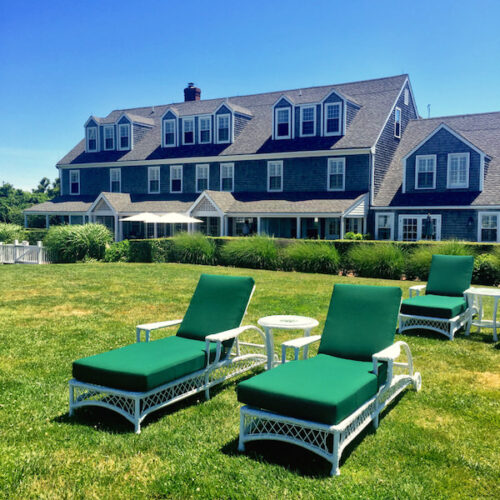
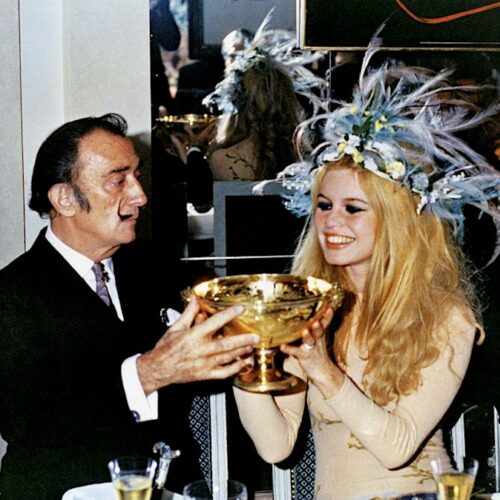
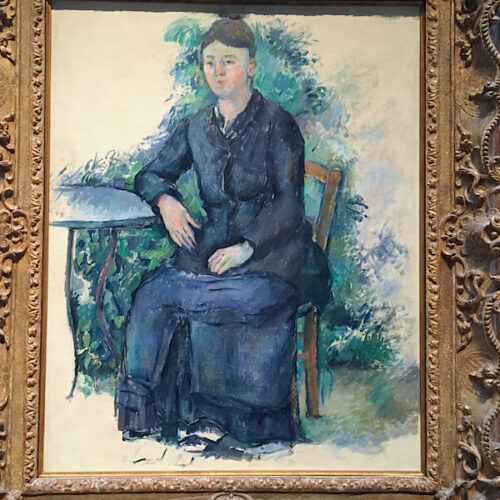

I have been to Hungary but not to a winery, although I have heard they have amazing wines, so thanks for the tour!
Enjoyed this so much. Gorgeous images!
What a beautiful posting! Between the views, the architecture, the wine and the history, I’m ready to put Hungary on my travel wish list!
Never been there… i love the images and love those buildings!
what gorgeous countryside…if the wine is anything like the views it’s must be superb…amazing cellar, I am scared of basements but love cellars…go figure..
maureen
Wow…if that’s Hungary, I’m smitten!
Love learning something new today about a wine I’m not familiar with.
Cheers!!!